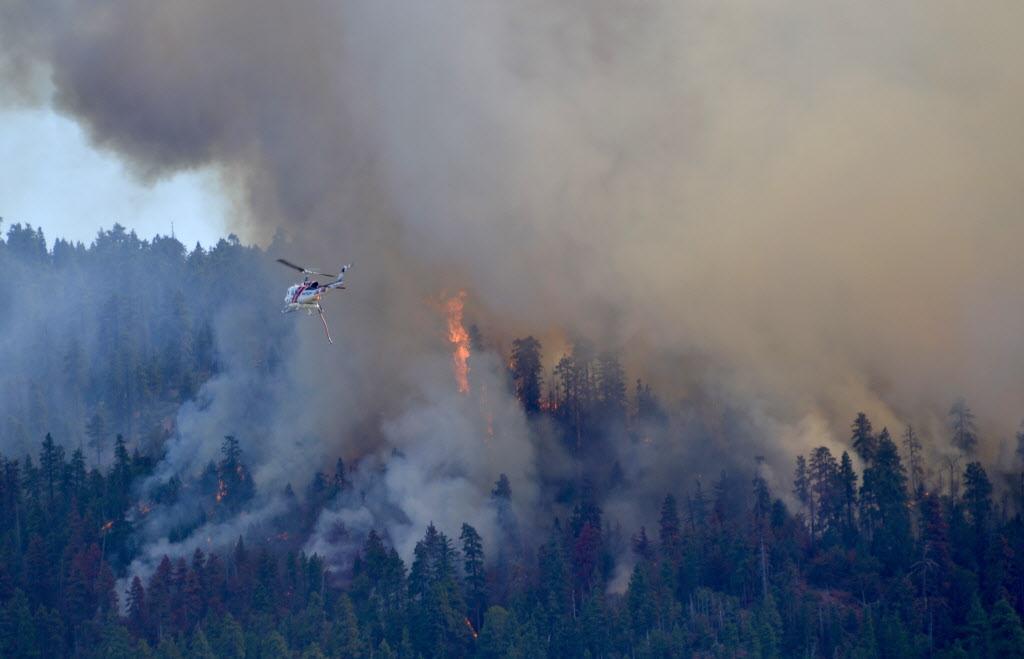Thunderstorms brought the equivalent of 7 years of rain to Chile's Atacama desert region and caused deadly flooding Thursday.
"The Atacama Desert is an extremely arid region and has been for millions of years. As a result, the terrain is hard and rocky because rainfall isn't frequent or abundant enough for either weathering rocks into sand or supporting the kind of ecosystem that would help turn rocks and minerals into soil. Without soil and plant cover to help absorb rainfall, it just runs off instantly as torrents of water," weather.com senior meteorologist Nick Wiltgen said.
These torrential rains caused the Copiapo River in northern Chile to overflow and kill at least nine people, while simultaneously knocking out power, making roadways impassable and leaving 19 people missing.
Thousands evacuated after officials warned of mudslides in the normally-parched region.
Chile's Deputy Interior Minister Mahmud Aleuy called the flooding "the worst rain disaster to fall on the north in 80 years."
TV images showed brown, muddy waters flooding the streets and reaching a hospital in Copiapo city. Some people living along the river had to be rescued by helicopter because roads were blocked by water and mud. TV footage showed several families waiting on the roofs of their homes, including a man who had punched a hole through his roof to save his toddler.
At least seven people have been killed and 19 people were listed as missing in three communities hit by flooding, officials said.
Desperate family members of the victims took to Twitter pleading for help in finding their loved ones.
The government declared a state of emergency, putting the region under military control, and President Michelle Bachelet flew to the area Wednesday evening to observe the problems first hand.
"We're living an extremely difficult situation," she said. "The previous forecast was that there was a huge drought here, so the rains were not necessarily seen as a catastrophe. Foreseeing was really difficult because no one knew."
Aleuy said that military helicopters were flying in supplies to areas cut off by the rains.
The heavy rains came after several days of high temperatures and a drought that stoked raging wildfires in Chile's south-central regions. The fires have burned nearly 93,000 hectares in the 2014-2015 season, far above the annual average of 59,300 over the previous five years.
Earthquake-prone Chile is no stranger to the forces of nature. The national geological service Sernageomin said residents should be on alert due to increased activity at the Villarica Volcano in the country's south, which erupted on March 3, forcing evacuations and disrupting air traffic.
The storms prompted Chile's state-run copper giant Codelco to suspend work due to blocked roads, but the company said Thursday it was reopening sites in the north, including some of the world's largest copper mines


























